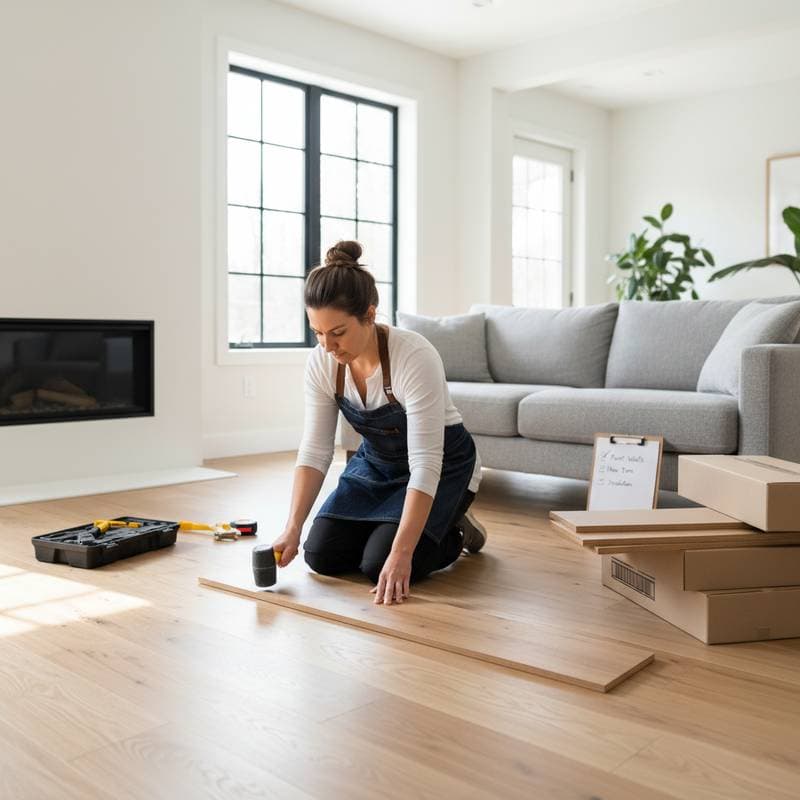Understanding the 2025 Building Code Updates
Bathroom mold poses significant challenges for homeowners, leading to health risks, structural damage, and reduced property appeal. The 2025 building codes introduce targeted regulations to mitigate these issues by focusing on moisture control from the design phase. These updates reflect advances in building science and respond to growing concerns about indoor air quality in residential spaces.
Previously, many bathrooms suffered from inadequate ventilation and poor sealing, allowing humidity to accumulate and foster mold growth. The new codes mandate comprehensive strategies to prevent such conditions. Builders and renovators must now incorporate these standards to ensure compliance and long-term functionality.
Key Provisions for Mold Prevention
The core of the 2025 updates centers on three primary areas: ventilation, waterproofing, and insulation. Each element plays a crucial role in maintaining dry, healthy bathroom environments.
Enhanced Ventilation Requirements
Effective ventilation removes excess moisture generated during showers and baths. The codes now require exhaust fans with a minimum capacity of 50 cubic feet per minute for bathrooms without windows, and 20 cubic feet per minute for those with operable windows. Fans must operate quietly, at no more than 1.5 sones, to encourage consistent use.
Installation guidelines specify that ducts connect directly to the outdoors, using smooth, insulated materials to avoid condensation buildup. Prohibited practices include venting into attics or crawl spaces, which previously contributed to hidden mold problems. These changes ensure that humid air exits the home efficiently, reducing the risk of mold on walls, ceilings, and fixtures.
Advanced Waterproofing Standards
Waterproofing protects surfaces from inevitable water exposure. The 2025 codes demand that all wet areas, including shower surrounds and tub enclosures, feature cement backer board or equivalent moisture-resistant substrates. Membranes or pan liners must cover floors to direct water toward drains.
Walls adjacent to wet zones require water-resistant drywall or greenboard up to a height of six feet. Sealants around fixtures, such as toilets and sinks, must use mold-resistant silicone. These specifications prevent water infiltration behind tiles or into framing, a common source of hidden mold colonies.
Improved Insulation Practices
Insulation in bathrooms must resist moisture while providing thermal efficiency. The codes specify rigid foam insulation or closed-cell spray foam for exterior walls, achieving an R-value of at least 13 in climate zones 4 through 8. Vapor barriers or retarders integrate into assemblies to block moisture migration.
In unconditioned spaces like those near exterior walls, insulation avoids direct contact with potential leak points. These measures maintain consistent temperatures, discouraging condensation that leads to mold. Energy savings result from reduced heat loss, aligning with broader sustainability goals.
Electrical and Plumbing Safety Protocols
Moisture and electricity present inherent dangers in bathrooms, and the 2025 codes emphasize separation of these systems. Compliance ensures safety during daily use and renovations.
Key safety measures include:
- Shutting off power at the main breaker before removing any fixtures or fans.
- Installing GFCI-protected outlets on all bathroom circuits to prevent shocks.
- Directing exhaust fan vents outdoors, avoiding attics or interior spaces.
- Engaging licensed electricians for wiring modifications and plumbers for pipe relocations.
Failure to follow these protocols risks insurance invalidation or inspection failures. The codes underscore that proper system isolation protects occupants and preserves structural integrity.
Planning Your Bathroom Renovation
Homeowners undertaking renovations should evaluate existing conditions against the new standards. Begin with a thorough inspection: verify if the current exhaust fan vents outside and measure its airflow capacity. Examine walls for signs of water damage or inadequate sealing.
Consult local building authorities for specific interpretations of the codes, as regional variations may apply. Develop a renovation plan that prioritizes ventilation upgrades, followed by waterproofing enhancements. Budget for professional assessments to identify hidden issues like mold behind tiles.
During the project, sequence tasks logically: address plumbing and electrical first, then insulation, waterproofing, and finishes. Document all work for future reference and resale documentation. These steps ensure the renovation meets code while enhancing usability.
Realizing the Benefits of Compliance
Adopting the 2025 codes yields tangible advantages for homeowners. Healthier air quality reduces respiratory issues linked to mold spores. Durable construction minimizes repair needs, saving thousands over time.
Property values rise with code-compliant features, appealing to eco-conscious buyers. Energy-efficient designs lower utility bills through better insulation and ventilation. Ultimately, these updates transform bathrooms into resilient, comfortable spaces that support well-being and financial security.


